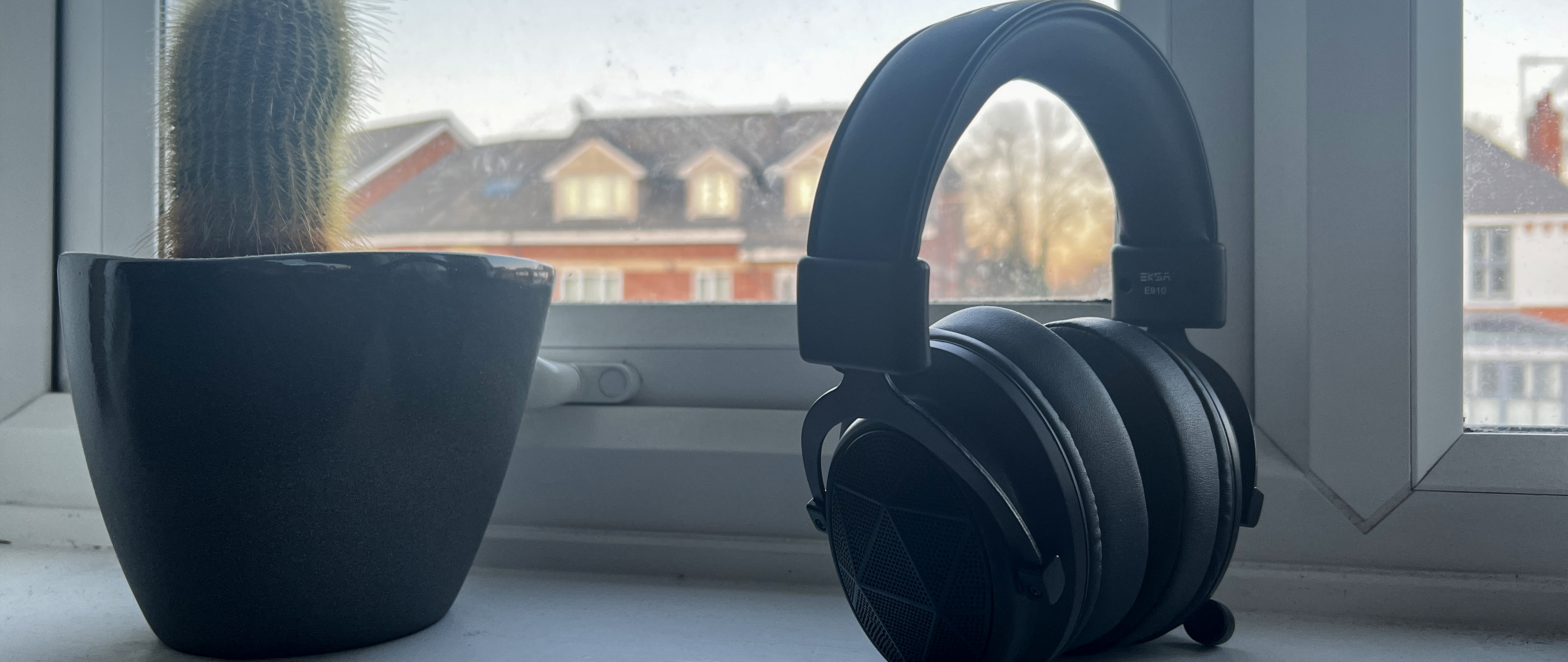Laptop Mag Verdict
The EKSA E910 has all the makings of a promising gaming headset at a cheap price with good sound and a solid build quality, but it fails to stick the landing thanks to a muffled mic and weak battery life.
Pros
- +
Decent sound quality
- +
Premium look and feel
- +
Affordable low price
Cons
- -
Weak microphone performance
- -
Surround sound could be better
- -
Short battery life
- -
Difficult stand
Why you can trust Laptop Mag
Gaming headsets are a performance enigma. You can see good numbers on the spec sheet, but that doesn’t necessarily mean your new pair of cans are actually great.
The EKSA E910 is one such example: offering impressively premium features at the startlingly low price of around $90 (£65). Yes, these prices are technically discounted from $120 (£90), but interestingly, this discount hasn’t disappeared in the history of this page, so I’m willing to just say this is the actual retail price.
So, does the E910 hold up its end of the lofty expectations set by the spec list? In short, kind of. But allow me to explain in more detail.
EKSA E910: Design
The EKSA E910 walks a very fine tightrope between restraint and flair with this almost monolithic headset. The light up area behind the, as EKSA puts it, “polygonal diamond iron mesh” on each cup is subtle enough for it to add a little personality without going over the top.
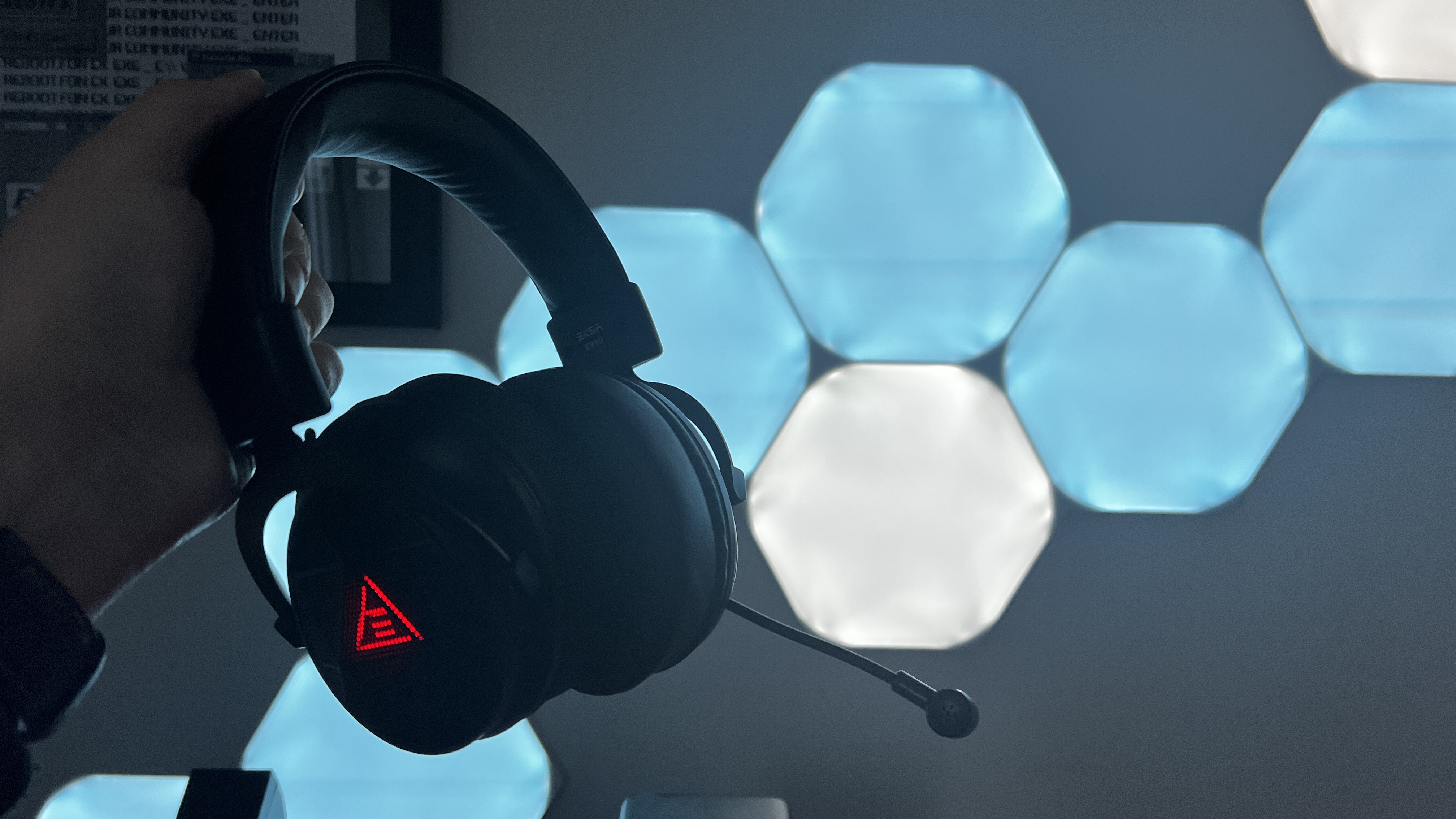
They look pretty premium, and most importantly, they feel pretty posh too. On my larger head, these felt comfortable without too much of a clamping force caused by the headband. At 10.7 ounces, these are definitely on the heavier side, but there is so much cushion around the head and on the ears that it feels lighter than they actually are.
The memory sponge in action here is nice and soft, while the (rather grossly named) “imitation protein skin” is tough enough to withstand the usual wear and tear.

Having a retractable microphone is a helluva lot more convenient than a rotating arm and all of the hinges on each cup are metallic and feel solid, giving everything a rigidness you can be confident in.
There are a couple of strange choices here, though. The USB-C port is deeply recessed, meaning a lot of standard cables with a slightly wider plastic coating don’t fit. Plus, the stand has no weight on the bottom, which turns the act of placing the headphones on it into a near-impossible balancing act.

In fact, you may notice I haven’t actually got any pictures of the stand in action. That’s because it has already broken, because of both my sheer frustration and the fact it tumbled off a table after placing the headset on it.
That said, for the durable feel and build of the cans at this price, the stand frustrations and port obtuseness are quickly forgiven.
EKSA E910: Comfort
The ESKA E910 look pretty premium, and most importantly, they feel pretty posh too. On my larger head, these felt comfortable without too much of a clamping force caused by the headband.
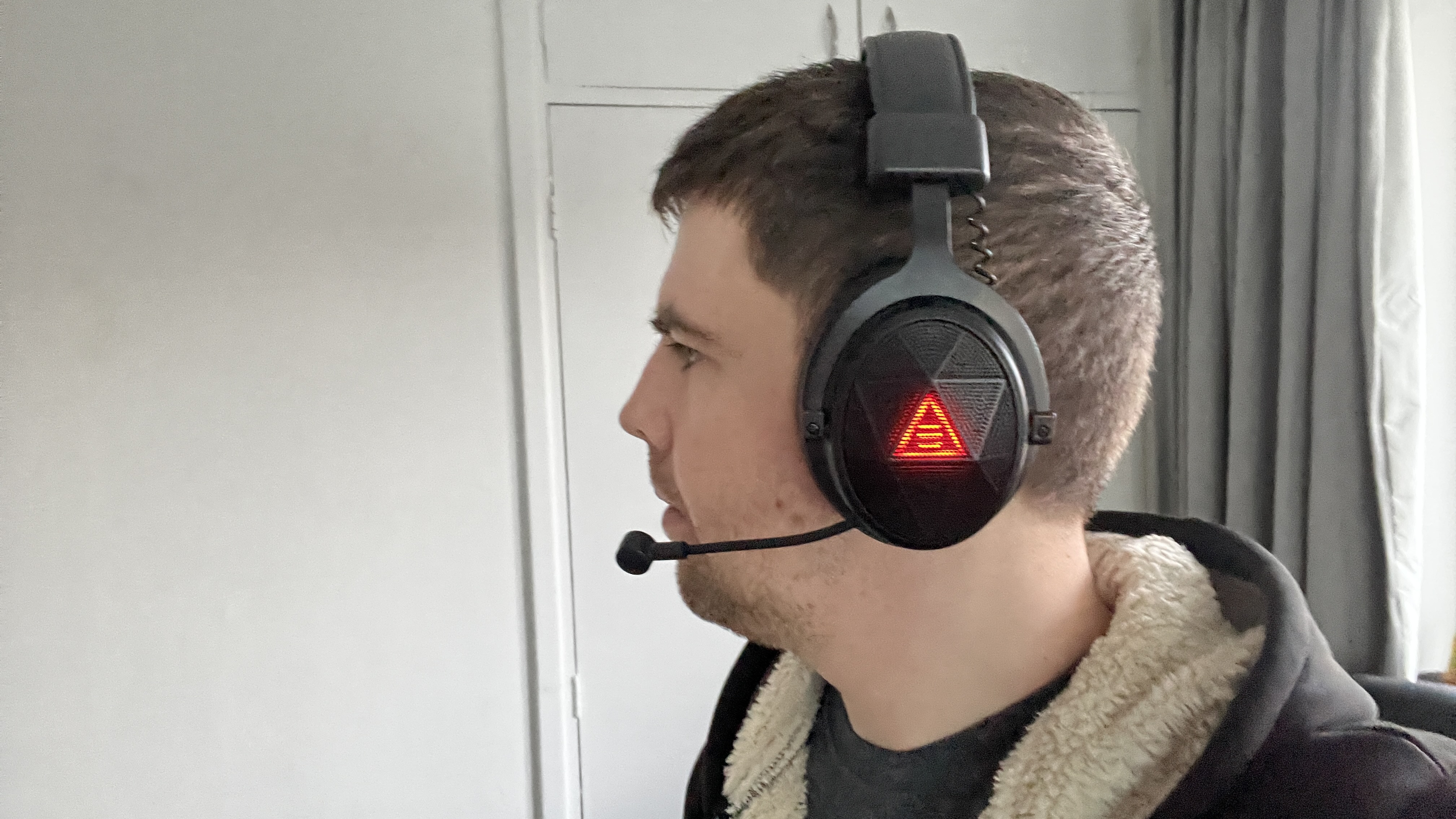
At 10.7 ounces, these are definitely on the heavier side compared to SteelSeries Arctis 1 (9.6 ounces) and in the same ballpark as the Xbox Gaming Headset (11oz), but there is so much cushion around the head and on the ears that it feels more lighter than they actually are because of it.
The memory sponge in action here is nice and soft, while the (rather grossly named) “imitation protein skin” is tough enough to withstand the usual wear and tear.
EKSA E910: Sound quality
The E910 gaming headset sports 50mm dynamic drivers with a standard 20Hz-20KHz frequency and high 115 decibel sensitivity, which are housed in 2.5-centimeter (0.98 inch)-deep cups and kept immersive with environmental noise cancellation.
You can also switch between stereo sound and 7.1 surround on the fly with an on-board button and the connection is handled by a 5.8GHz wireless standard with a USB dongle.
And in practice? They sound nice. Not incredible, but good for the price point. The mix favours bass quite heavily, sometimes to the detriment of mids or high tones, but everything has a decent spaciousness to it.
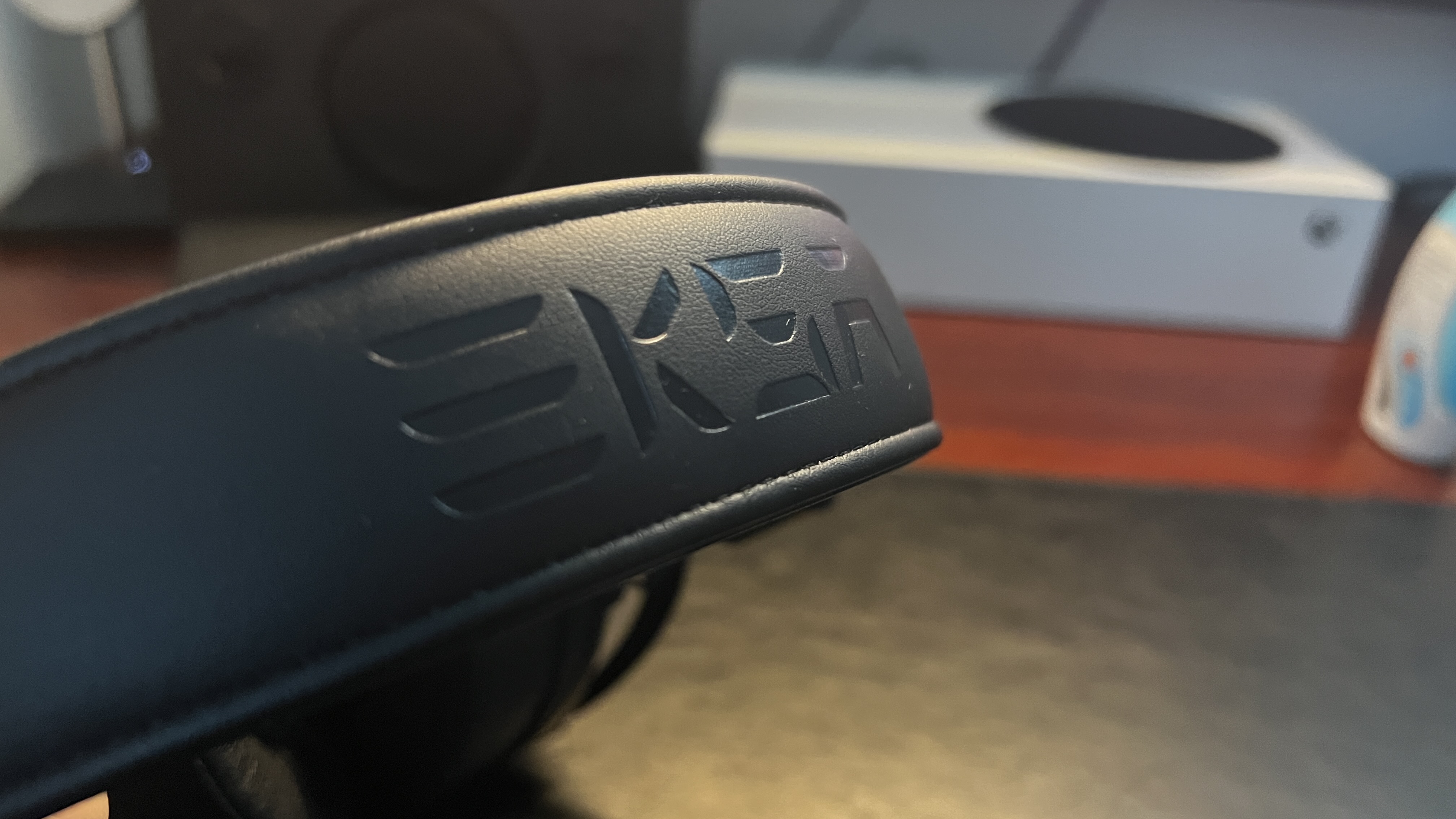
For gaming performance, I’ve put these to the test with two very different games: many hours of Halo Infinite and a blitz through Death Stranding.
Halo gave me a chance to take the surround sound for a spin — a requirement to get any semblance of a competitive advantage, especially in the Big Team Battle chaos of Deadlock. Unfortunately, while there is definitely a recognizable difference between stereo and 7.1 surround, it all feels rather claustrophobic.
There’s no real spaciousness to the explosions and gunfire around me, to the point that elements behind me can just as easily sound near-identical to those to the left or right of me.
Death Stranding, however, is a different, more immersive experience that holds a higher reliance on sound. From the quieter moments of foley effects like trickling streams, to hiking across mountain tops to the tune of Low Roar, and even sections of gun combat with a sharp, tension-rising soundtrack, the headphones rose to the challenge.
It’s a game of many moods that put these headphones to the test, and ESKA’s headset manages to handle their own. There were some moments where the sound tuning did work against the game, such as the deep bass booms overwhelming the smaller details of your surroundings, and some small moments of distortion when the layers of sounds start to overwhelm.
All in all, these are not the best in the world, and you could probably put up more cash for better sound, but these are good with zero noticeable lag.
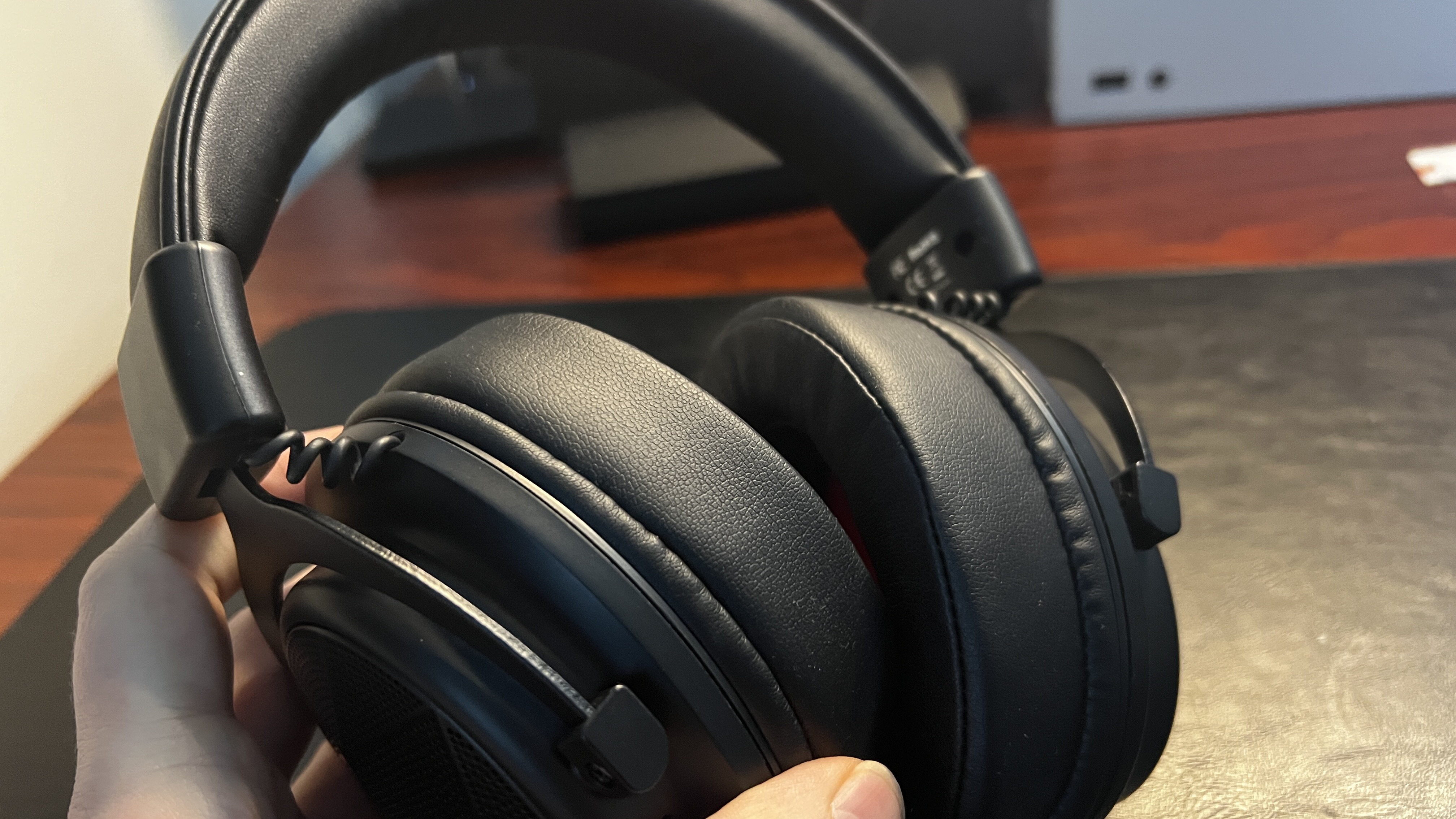
EKSA E910: Mic quality
Again, the numbers sound good. The unidirectional microphone on the end of this durable-yet-flexible arm has a sensitivity range of -42 to 3 decibels. In reality, your voice is muffled and any fluctuations from loud to quiet speech can lead to distortion quickly.
At the very least, you are understandable to the rest of your team on the other end. This is not a deal breaker, but you can get a better quality pickup from similarly-priced competition like the Xbox Gaming Headset.
EKSA E910: Battery life
Compared to other gaming headsets, this is where the EKSA E910 starts to fall down.
On one charge, I managed to just about hit the ten-hour mark, which when compared with the likes of 19 hours for the SteelSeries Arctis 1 and up to 30 hours from the HyperX Cloud Flight, is definitely on the smaller side.
In gaming headsets, that stamina is super critical, especially for longer sessions and theset don’t match up to its competition. Add in the hour-long wait to fully charge on top of that and you can be left for a while without a gaming headset if you run these until they’re empty. Not a great situation to be in.
Bottom line
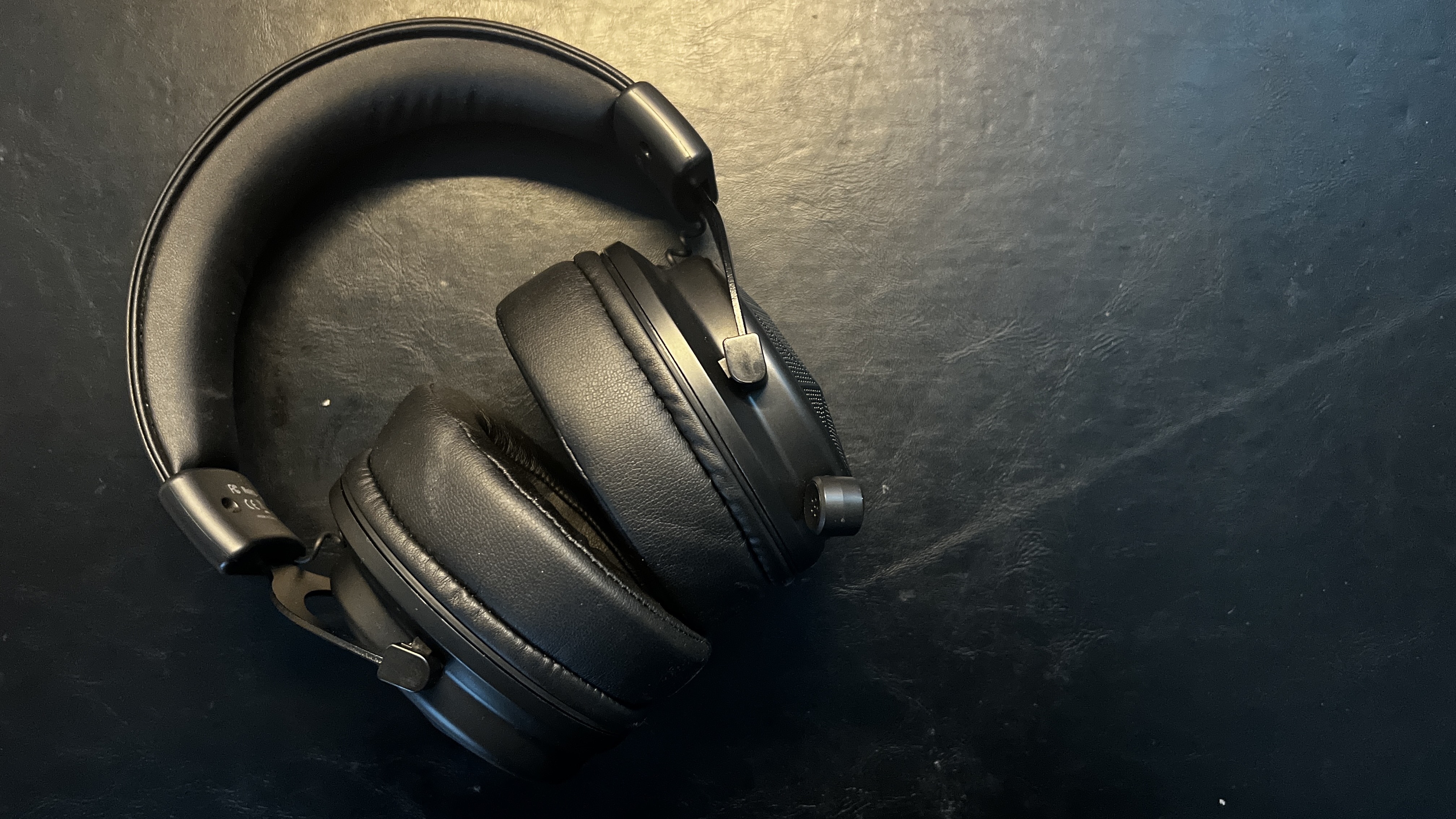
The EKSA E910 is a good gaming headset for the price, but it’s certainly not great.
The battery life is underwhelming, they can sound overwhelmingly warm at times, the design, materials and weight aren’t for everyone, and the microphone pickup can be distorted.
But when you take into account the fact this 5.8-GHz wireless gaming headset is under $100, these issues melt away for most people.. Just be sure to use the money you save to get a better headset stand.

Jason brought a decade of tech and gaming journalism experience to his role as a writer at Laptop Mag, and he is now the Managing Editor of Computing at Tom's Guide. He takes a particular interest in writing articles and creating videos about laptops, headphones and games. He has previously written for Kotaku, Stuff and BBC Science Focus. In his spare time, you'll find Jason looking for good dogs to pet or thinking about eating pizza if he isn't already.
